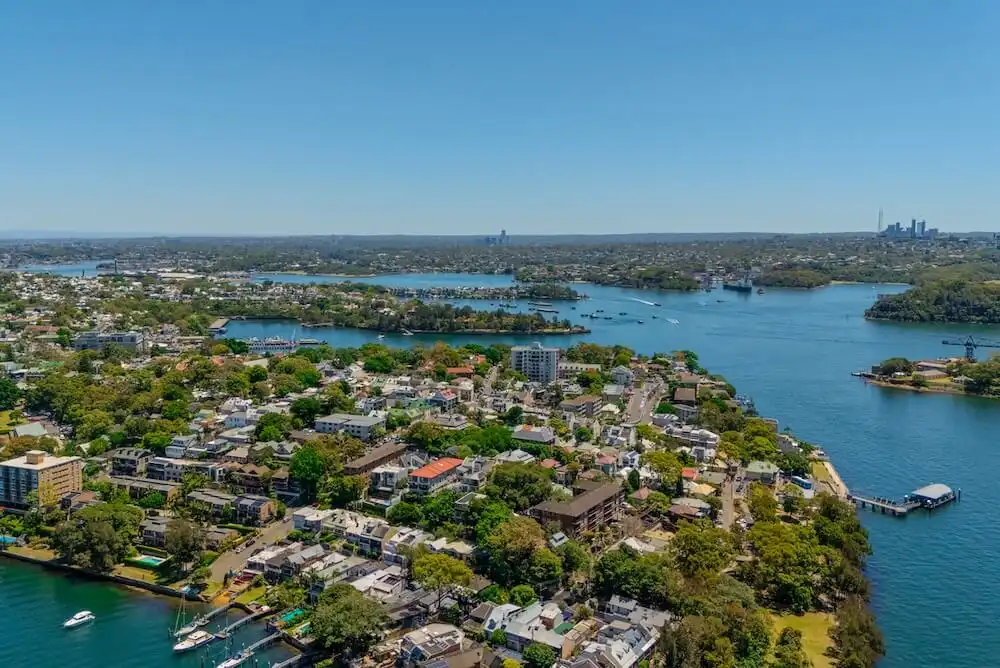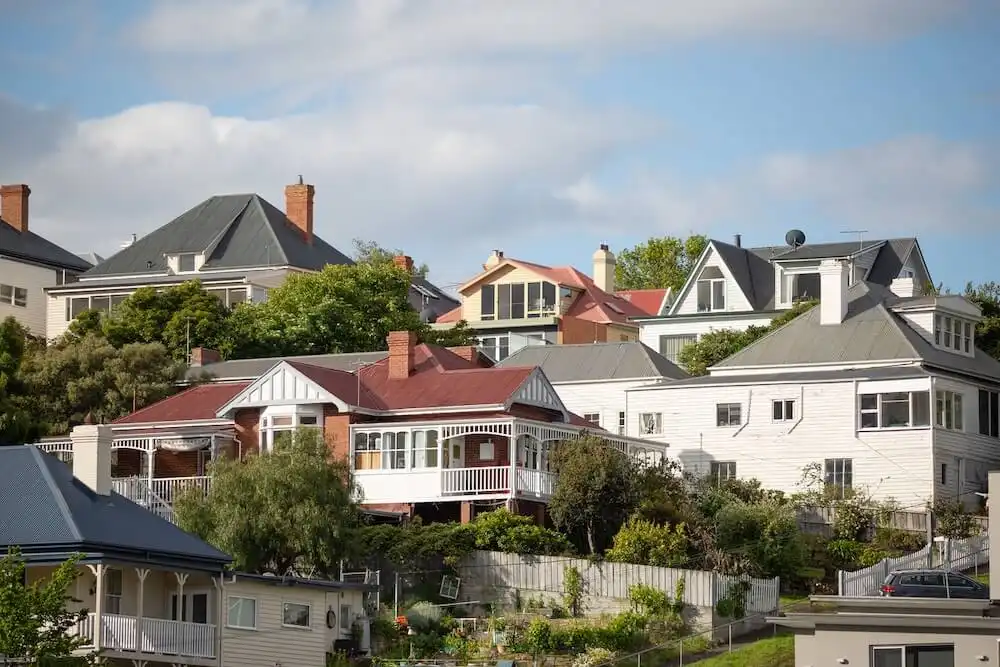5 factors driving the Australian property market in 2024
Australian real estate has been on a wild rollercoaster ride over the past four years. Thankfully, it's possible that a more balanced year could be up ahead.
Most forecasts show more modest price growth over the next 12 months, but there are a number of driving forces at play that will dictate what really happens next.
Find out what to keep an eye on as 2024 unfolds.

Get a free property value estimate
Find out how much your property is worth in today’s market.
Interest rates are expected to stabilise until cuts arrive
Last year saw interest rates climb higher than few economists dared to forecast back in 2022, but it's now widely expected that the ceiling has been reached.
Of the big four banks, only NAB is predicting one further hike to come in February, while the other three believe we're at the peak as inflation continues to wind back down towards the RBA's target range.
After an extended period of uncertainty, a steadier environment — even one where interest rates remain high — could pave the way for a more balanced market for all.
The Agency CEO Geoff Lucas told the AFR that the "unprecedented price volatility" since 2020 could level out over the new year.
“We expect higher rates for longer, which will mean subdued price activity for the majority of the residential real estate market with minor gains only in 2024 and falls in some areas," he said.
The bigger question now revolves around when we might start to see rates being cut — a move that could stimulate stronger price growth again.
At this stage, many economists are forecasting that to happen either late in the year or even into 2025.
Population growth to continue putting upward pressure on prices
Following a period of population stagnation during the pandemic, the historic rate of growth seen over 2023 introduced a level of housing demand to undersupplied markets that drove prices skywards despite the high interest rate environment.
"The latest ABS estimates say one person is being added to the population every 47 seconds," AllenWargent founder Pete Wargent explained.
"If you take that at face value, that's 675,000 people per annum. There's no way an economy can accommodate that."
However, Mr Wargent suggested, "We're right in the eye of the storm at the moment," and part of the massive influx can be attributed to the return of international students en masse.
"When the student figures are in the system, we'll probably see population growth fall back over the next year," he said.
Even so, the extra injection of housing demand is likely to continue to act as a support to sale prices around the country.
Listing rates will dictate price growth across different markets
The first half of 2023 was characterised by a widespread shortage of listings that helped to drive prices higher.
That pent-up supply appears to have been released to a degree in some markets, particularly Sydney and Melbourne, over the past six months, returning stock levels to around-average levels and cooling down price growth.
Other markets like Perth, Adelaide and Brisbane remain exceedingly tight as sellers remain on the sidelines, driving home values still higher.
PropTrack senior economist Eleanor Creagh predicted that, in 2024, "Stock on market is also set to remain tight in Perth, Adelaide, and Brisbane where total listing volumes continue to sit well below decade averages.
"Because of this, we expect the smaller capital cities of Perth, Adelaide, and Brisbane — who've been the best-performing markets [in 2023] — will continue to see the strongest price growth going into [the new year]."
Where stock levels remain around average levels, it's expected that the more balanced supply-and-demand equation will keep a lid on growth.
"In Sydney and Melbourne, where total listing volumes are now back above decade averages, price growth is set to be more subdued," she said.
Affordability is an ever-present concern for buyers
With prices at or close to record highs in many markets and interest rates crimping buyers' borrowing capacities, affordability will continue to be a significant issue in 2024.
Domain's chief of economics and research, Dr Nicola Powell, suggested that we could see buyers casting a wider net over the next 12 months, further changing the makeup of our cities.
"In expensive cities like Sydney, we are seeing people looking further afield or having to choose a unit over a house. Suburbs and identities change so buyers will be thinking about what a suburb could become," she said.
Competition could be heightened over properties in lower price brackets, something that would be fuelled by the Federal Government's shared equity 'Help to Buy' scheme if it's introduced this year.
"It will be an absolute game changer for some first home buyers, allowing people to gain access to the market," Dr Powell explained.
"The flight to affordability will be even stronger if it comes into play next year. You're going to see an increase in demand for first home buyers for similar-priced properties that are affordable."
The rental crisis shows few signs of letting up
As Eleanor Creagh put it, "Australia’s rental market remained incredibly challenged in 2023, and provided one of the opposing forces countering continued interest rate rises and contributing to the strong pace of home price growth seen this year."
Exceptionally low vacancy rates and soaring rents have only been exacerbated by a widespread exit from the market from investors as rising mortgage repayments bite.
While Ms Creagh noted that the above factors are likely to remain through the new year, "The good news is that conditions are unlikely to deteriorate at the same pace as they have in 2023."
As was the case last year, the mounting pressures on renters is expected to continue to "incentivise those with the means to purchase sooner than they otherwise would have.
"As such, tight rental markets and strong rental price growth are likely to continue to buffer home price falls. Though, this positive tailwind is expected to work with easing influence, providing one reason as to why the strong pace of home price growth seen in 2023 is expected to slow in 2024."
Thinking of selling in 2024?
If you're looking to list at some point in the year ahead, achieving the best possible result is going to require some preparation. Here are some things you can do to start laying the foundation for a standout sale.
Step 1: Understanding how your market is performing
Every market is different, and understanding your local market is fundamental to making the right selling decisions. Our guide to tracking market trends and data will help you to get a clear picture of how your market is performing and how that impacts you as a seller.
Step 2: Know what your property might be worth
Getting a free home value estimate is a great way to set a foundation for your selling expectations and begin planning the path forward.
Step 3: Get a no-obligation market appraisal from a top real estate agent
Understand what your property could sell for in the current market by speaking to the top-performing agents in your suburb. Comparing top agents in your area will help you find the perfect partner for your selling journey and move towards a successful result.
Step 4: Finally, get your property listing-ready
Taking a thorough approach to preparing your home for sale is another critical step. From cleaning, decluttering, painting and performing other cosmetic renovations to home staging, photography and marketing, getting your property to sale-ready condition is a must.








